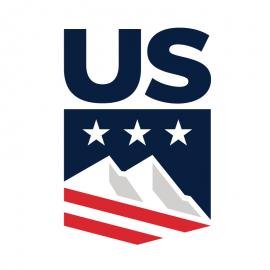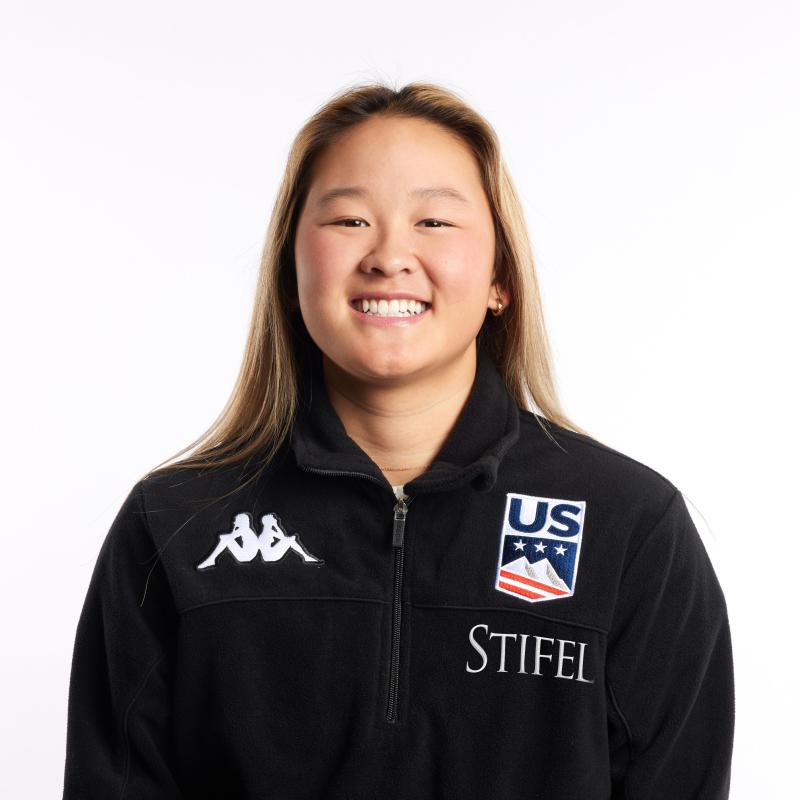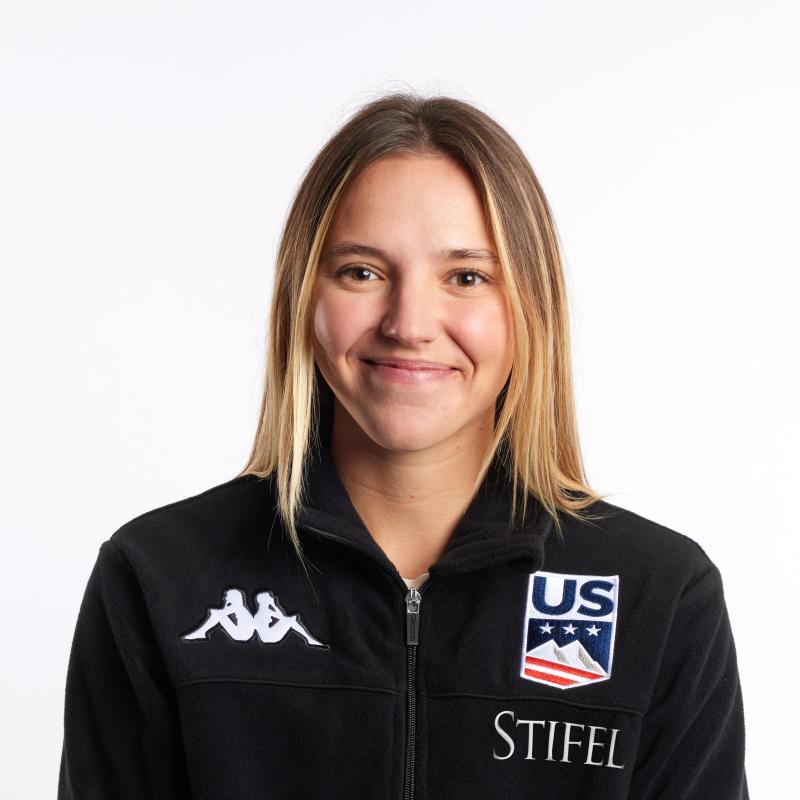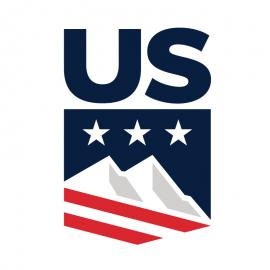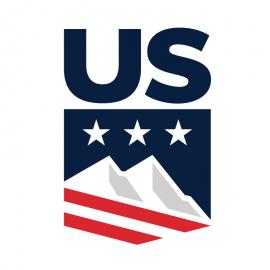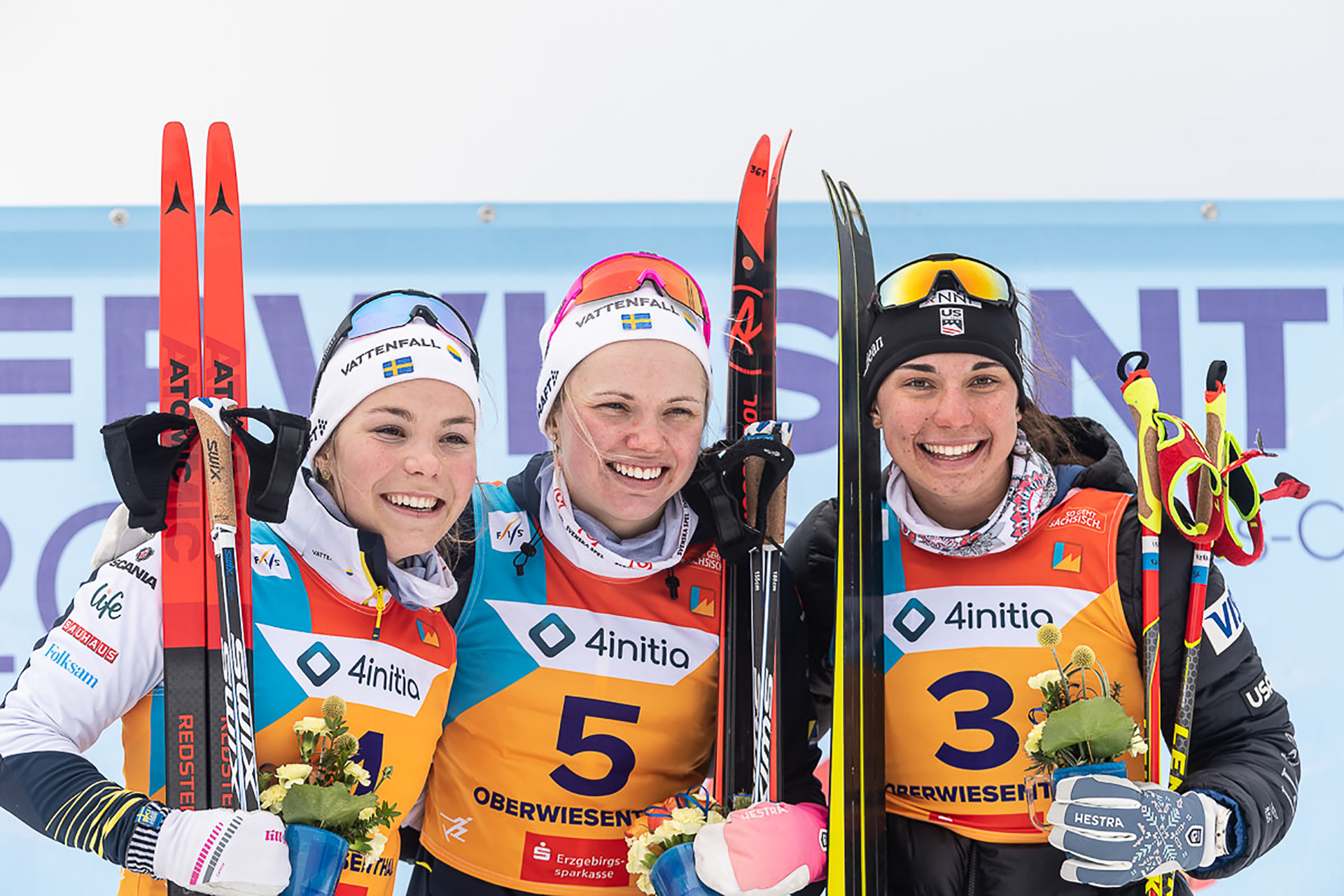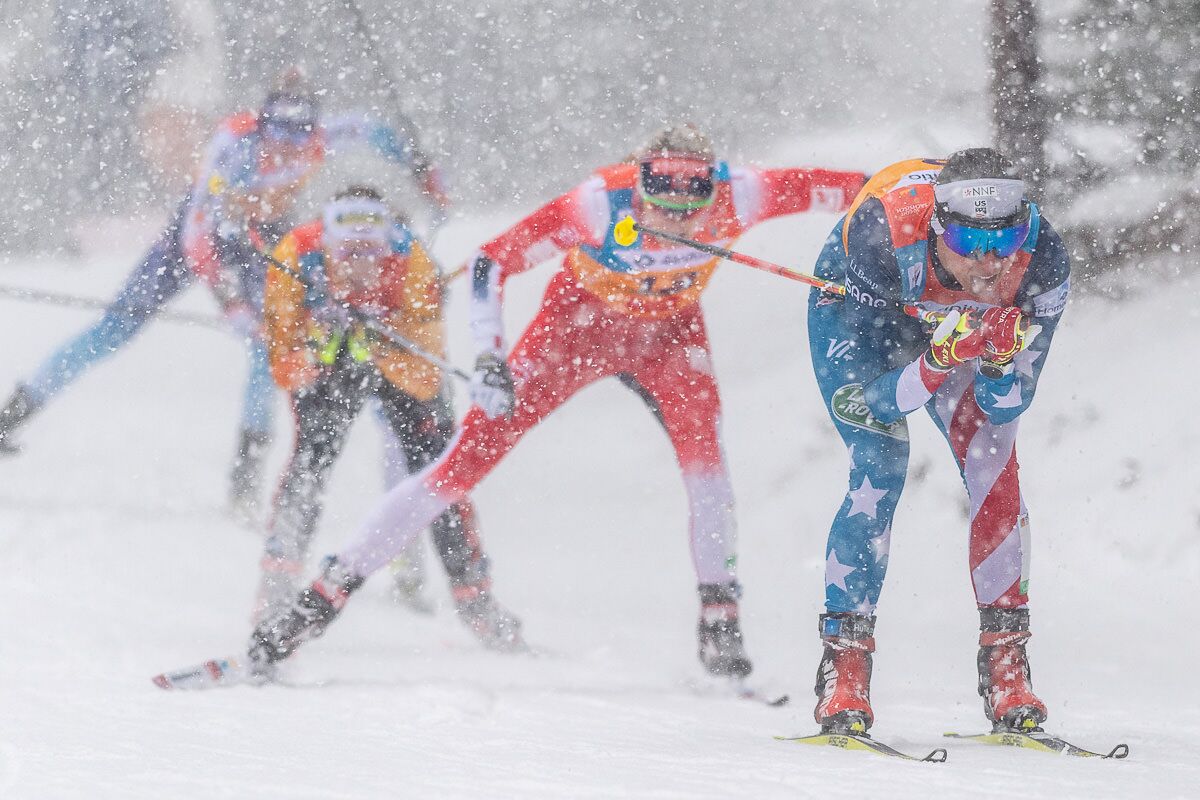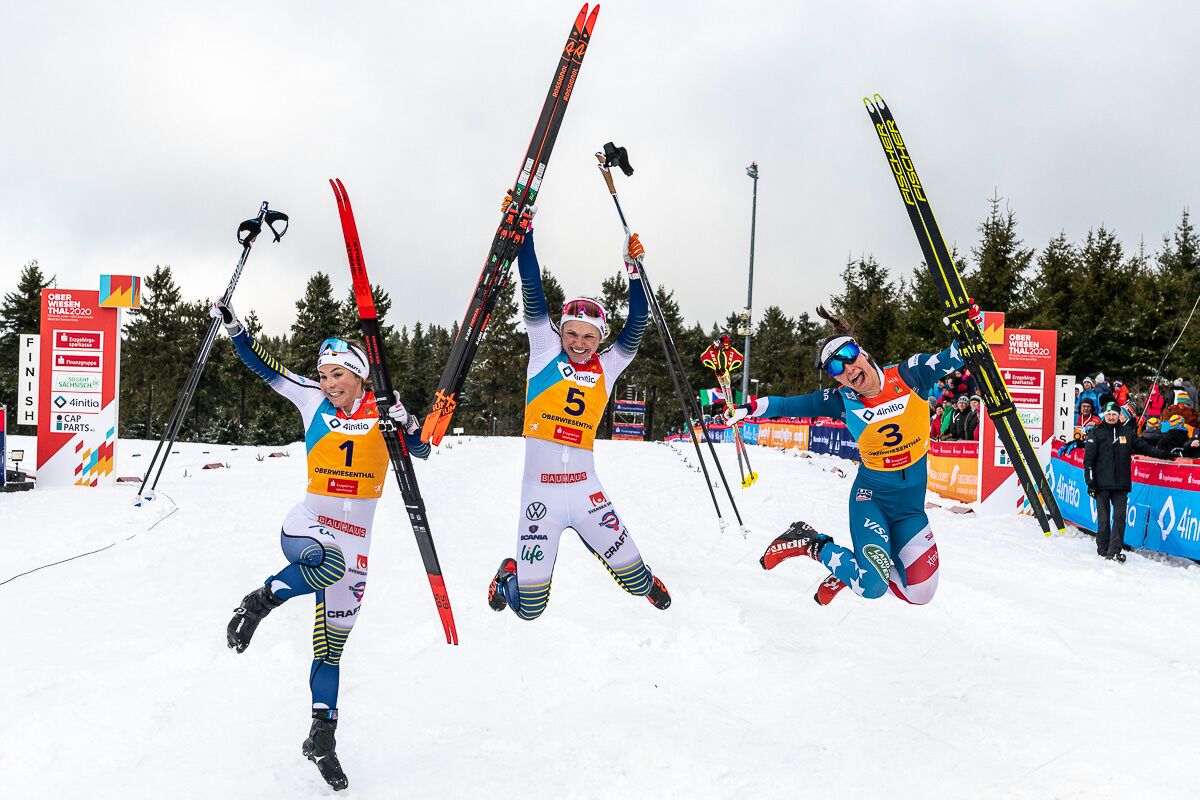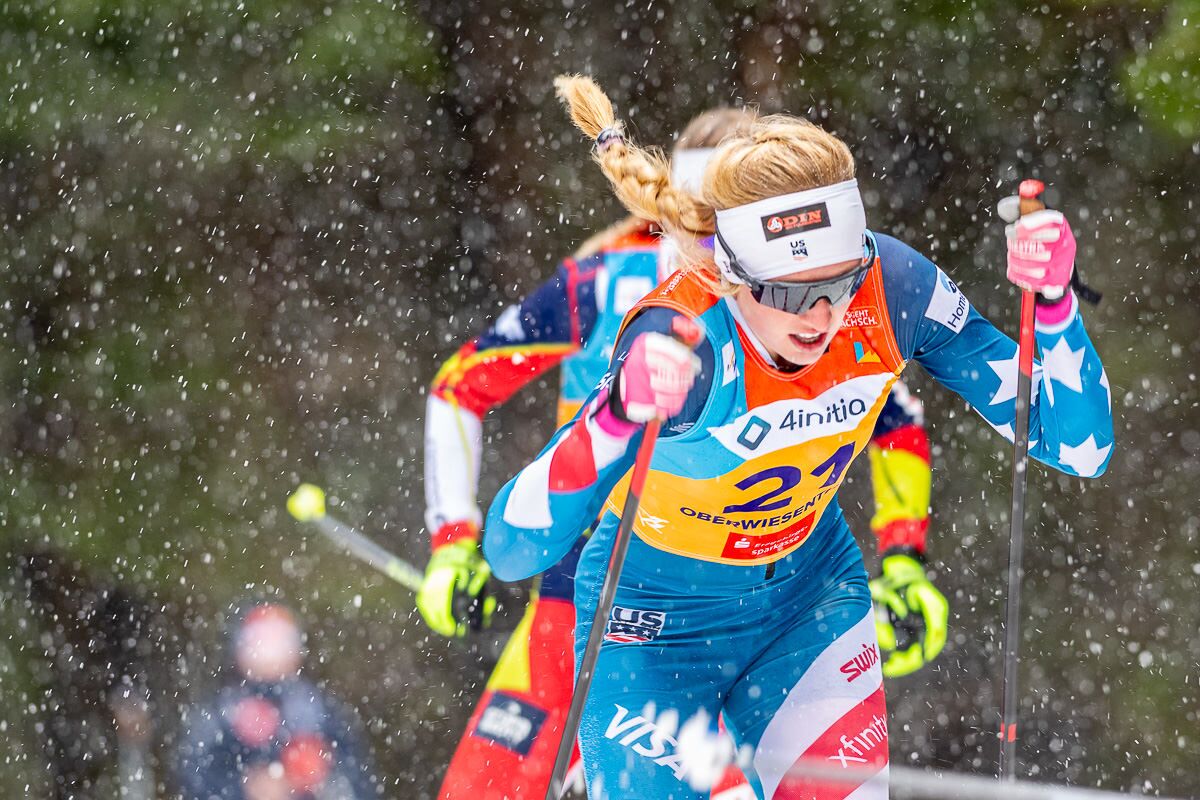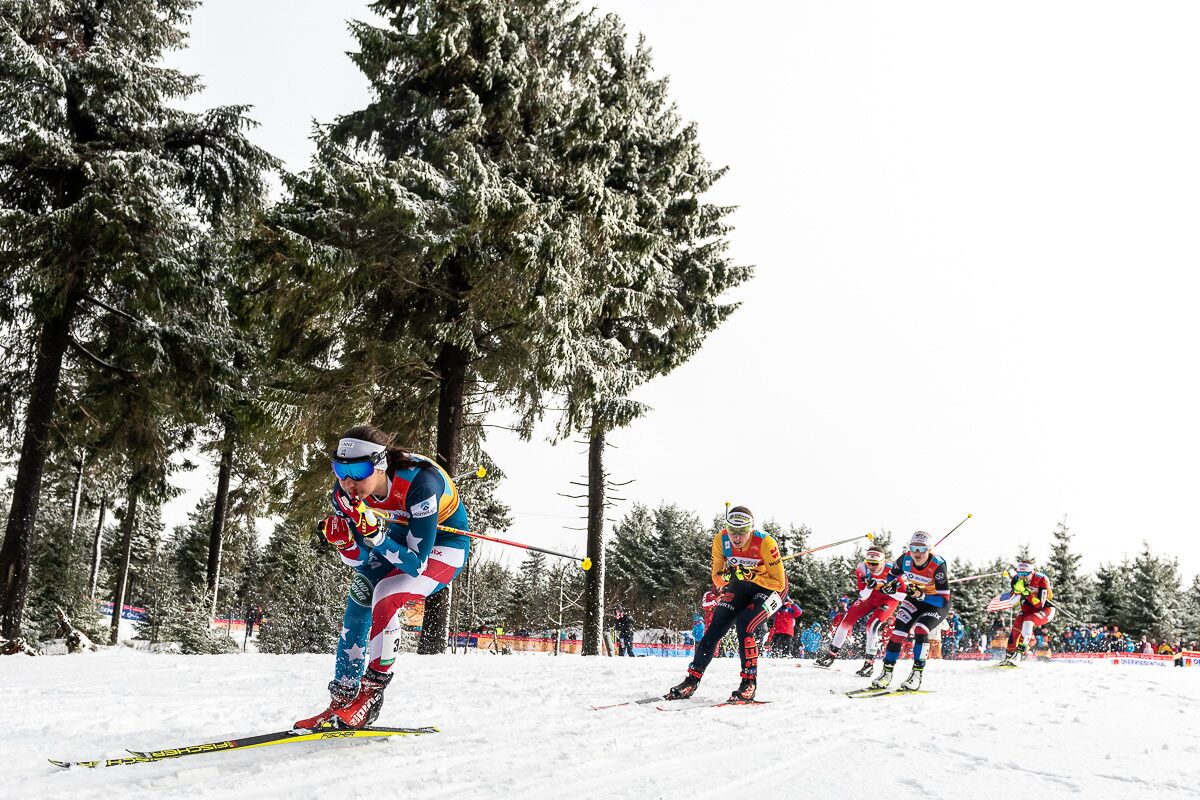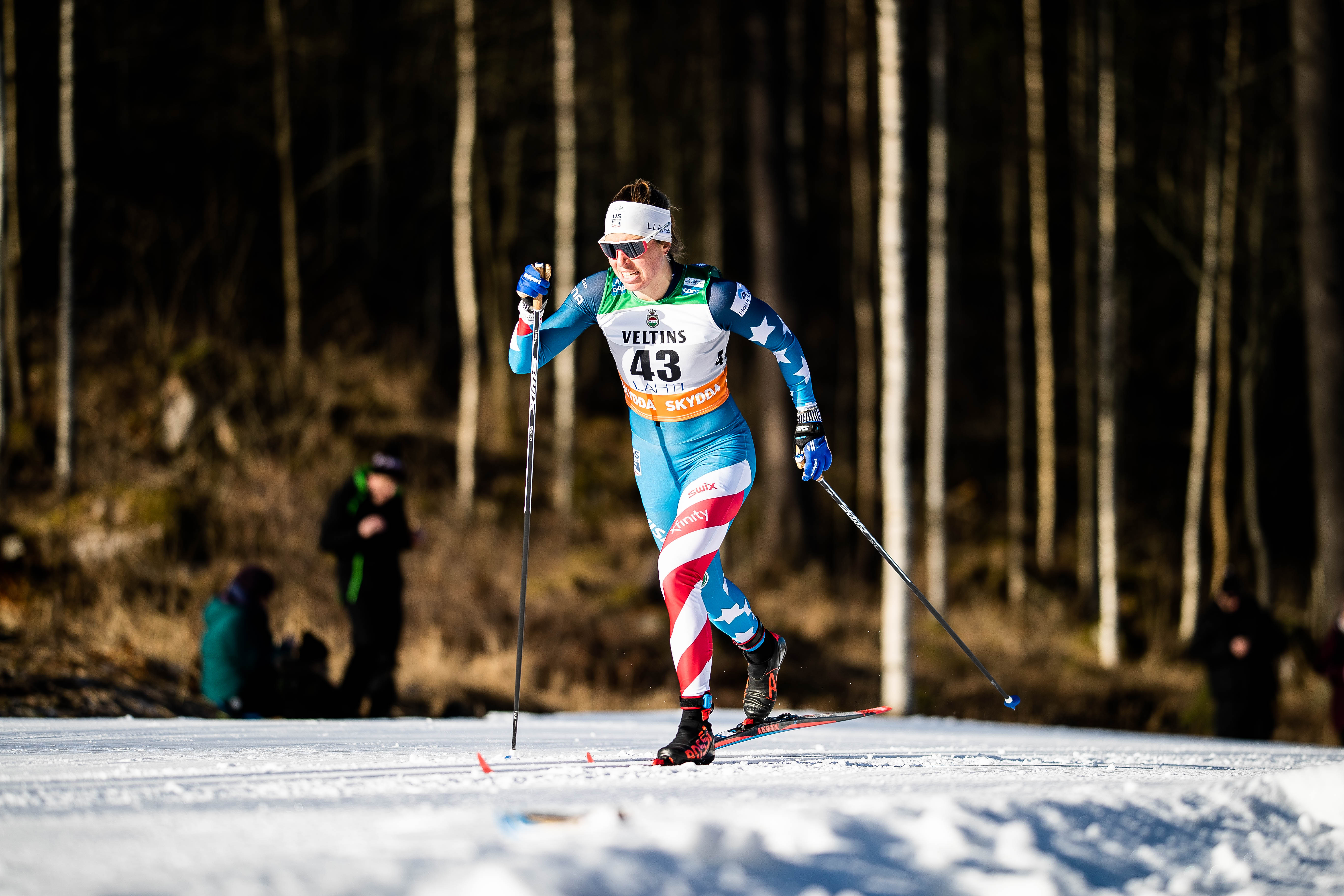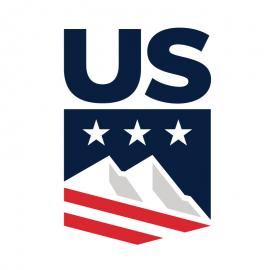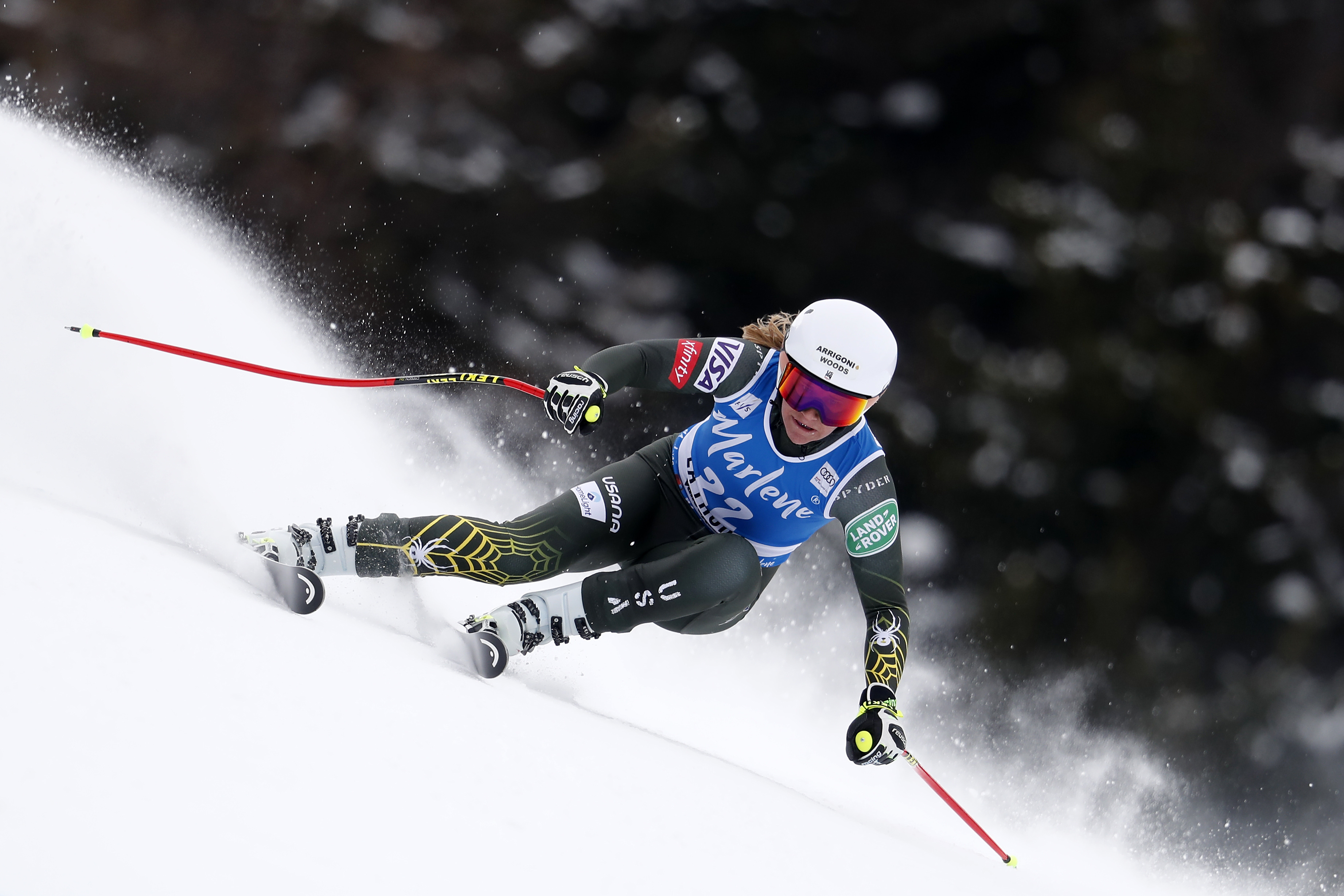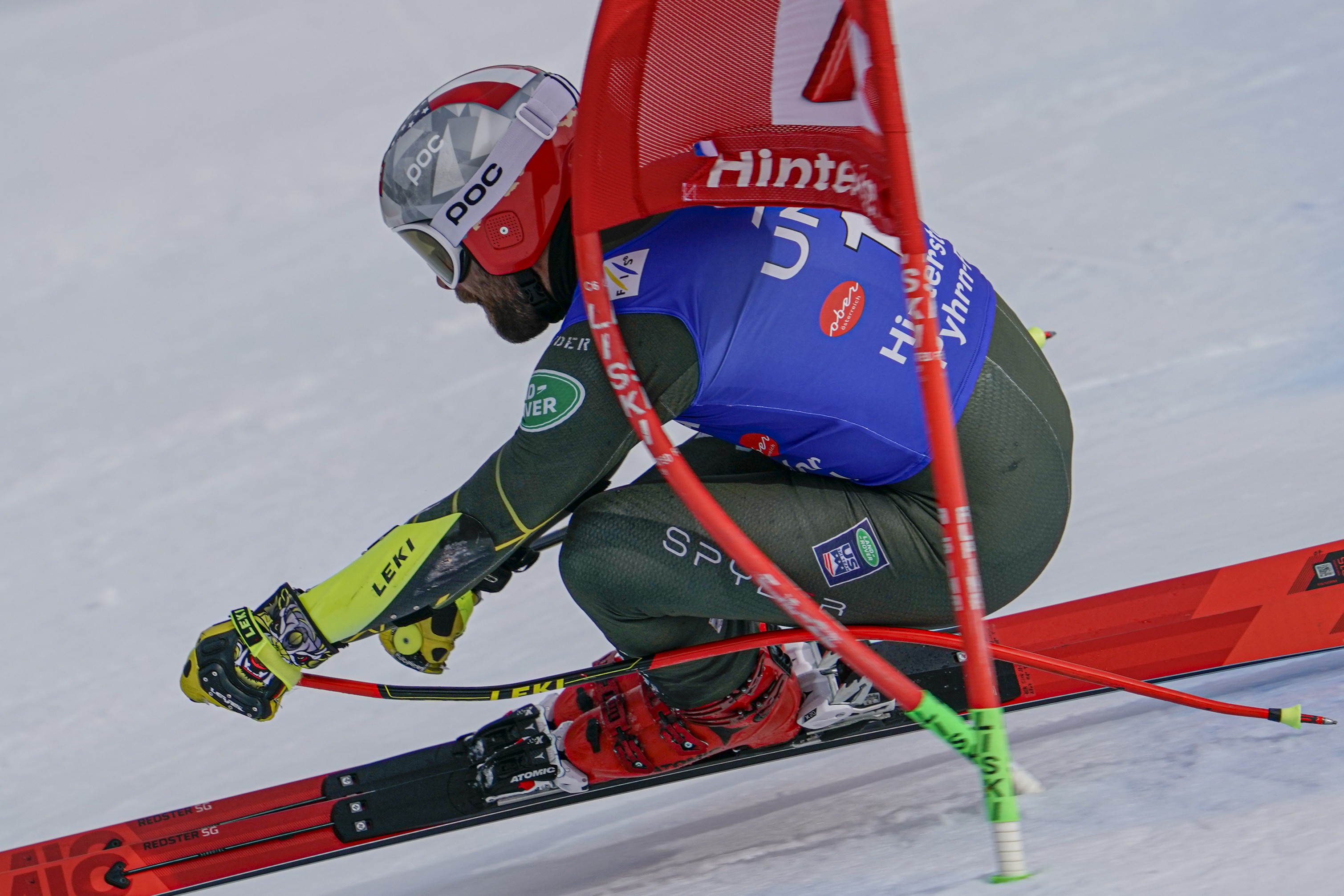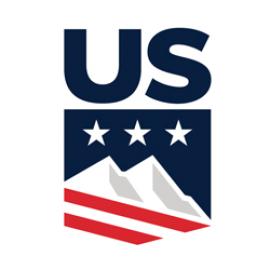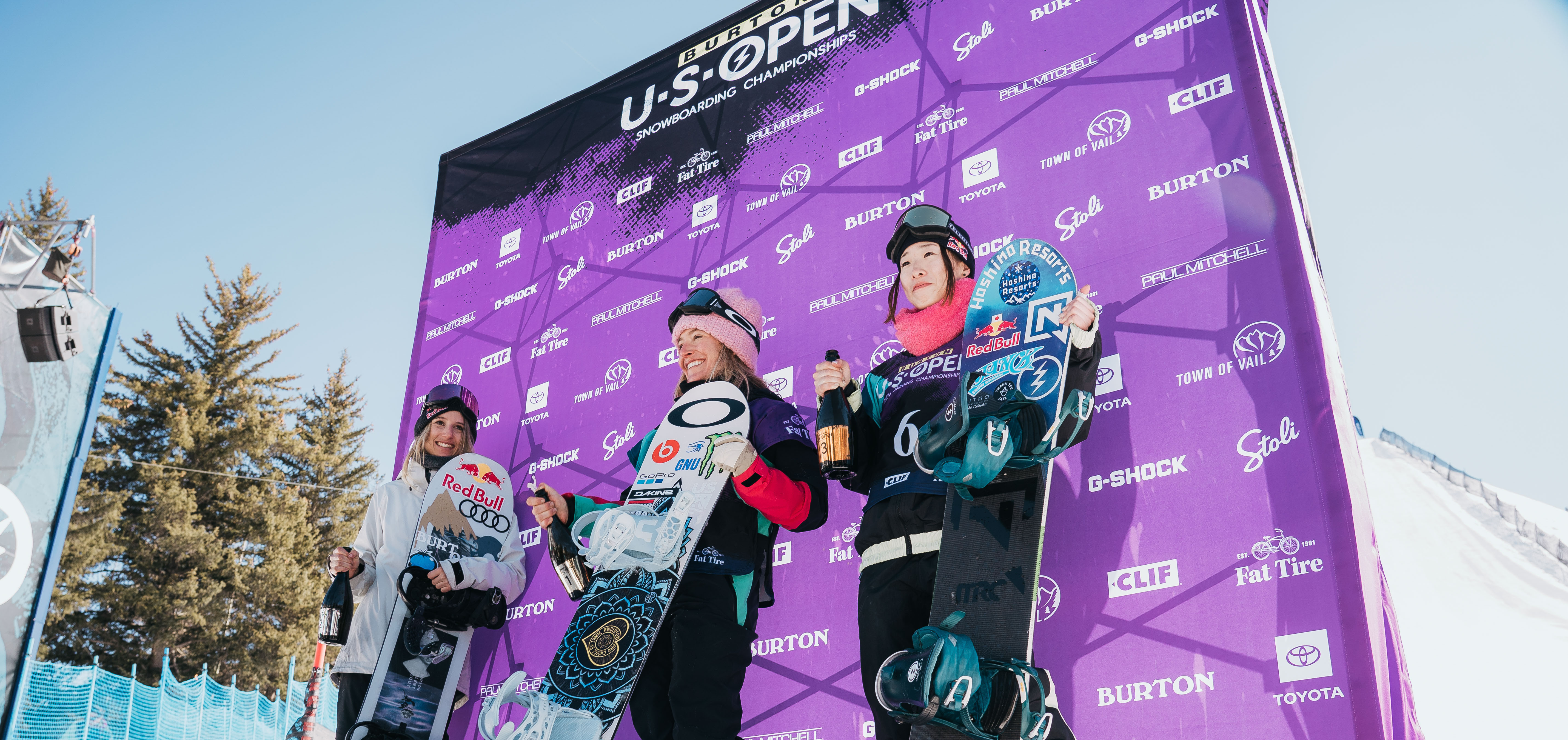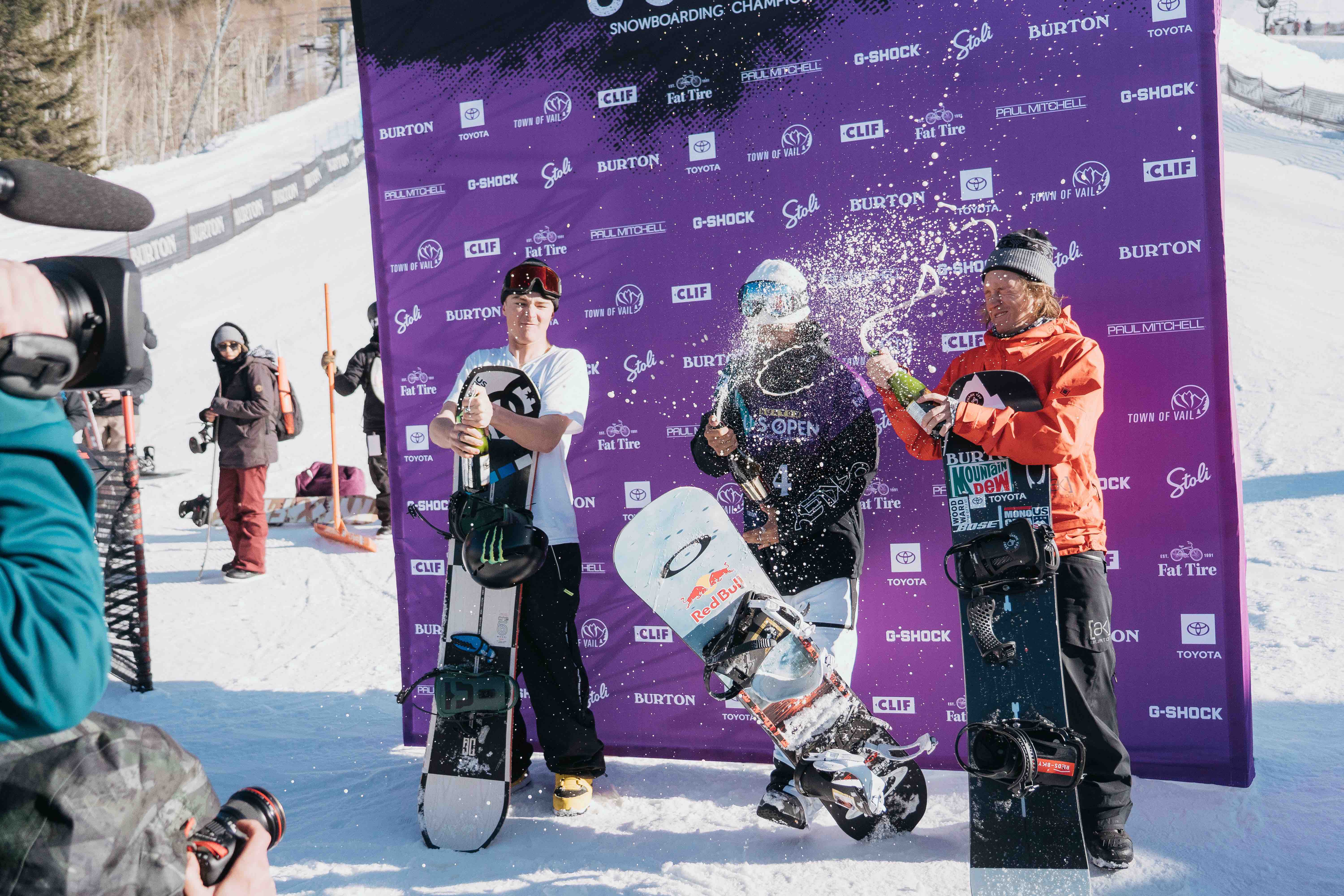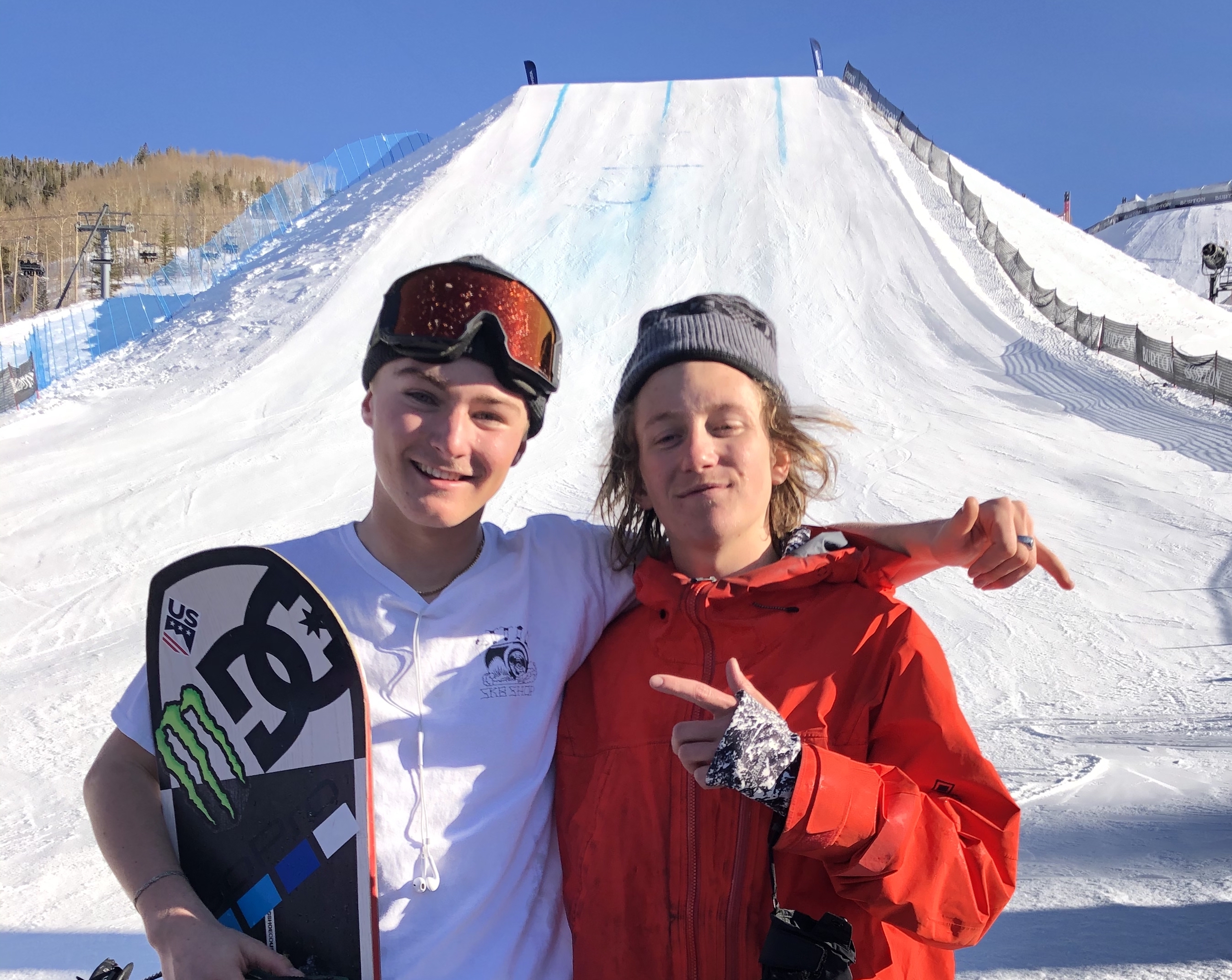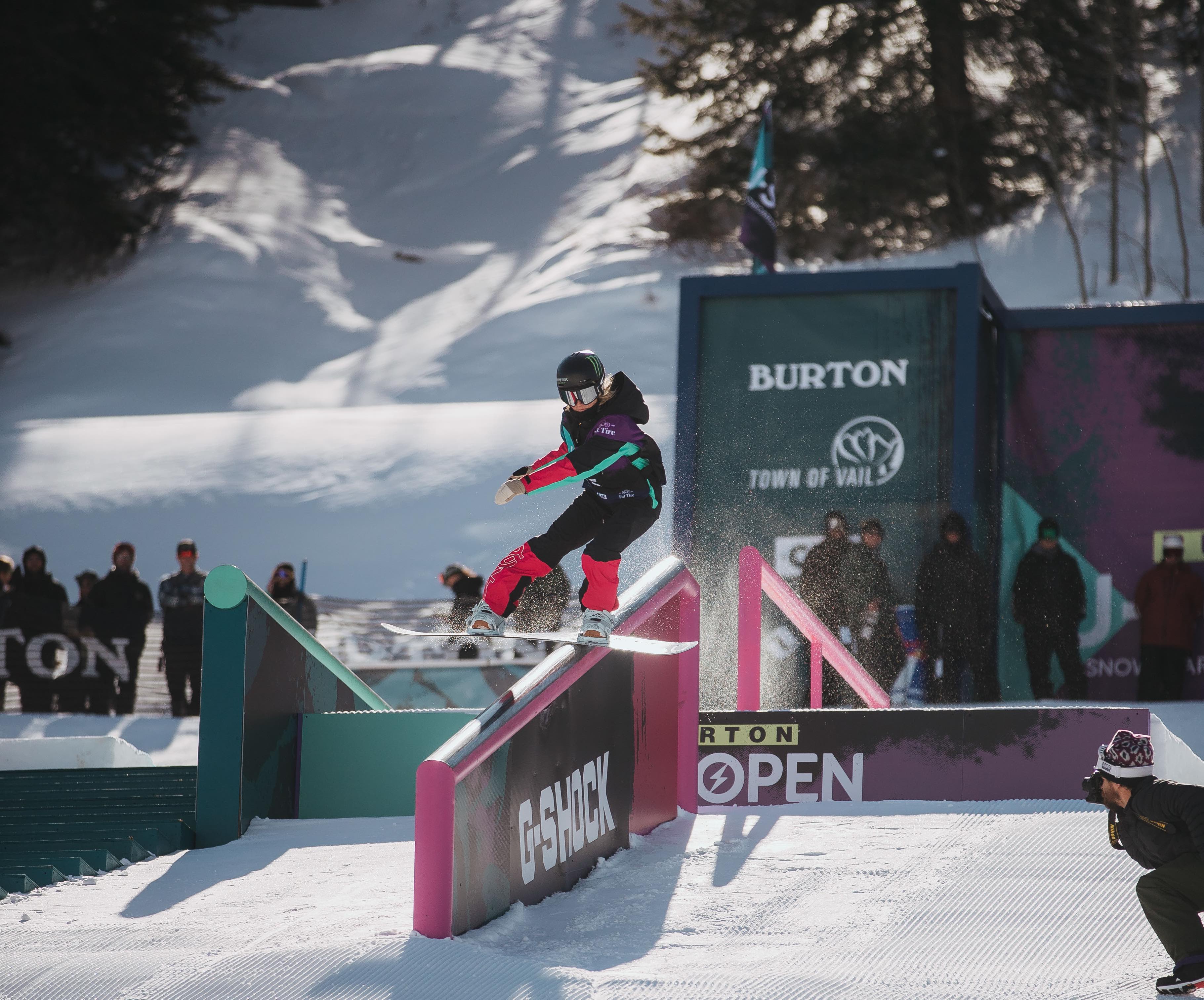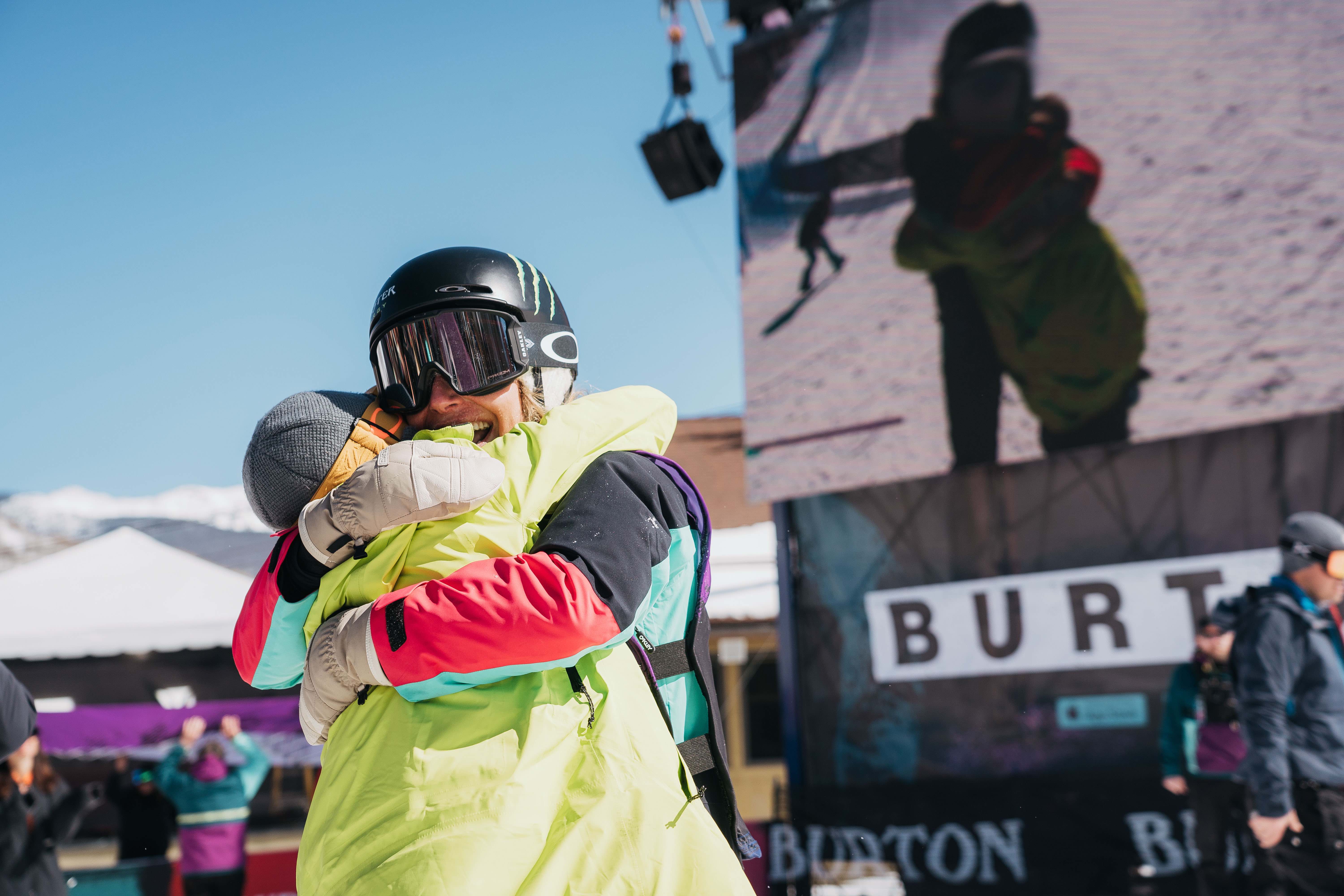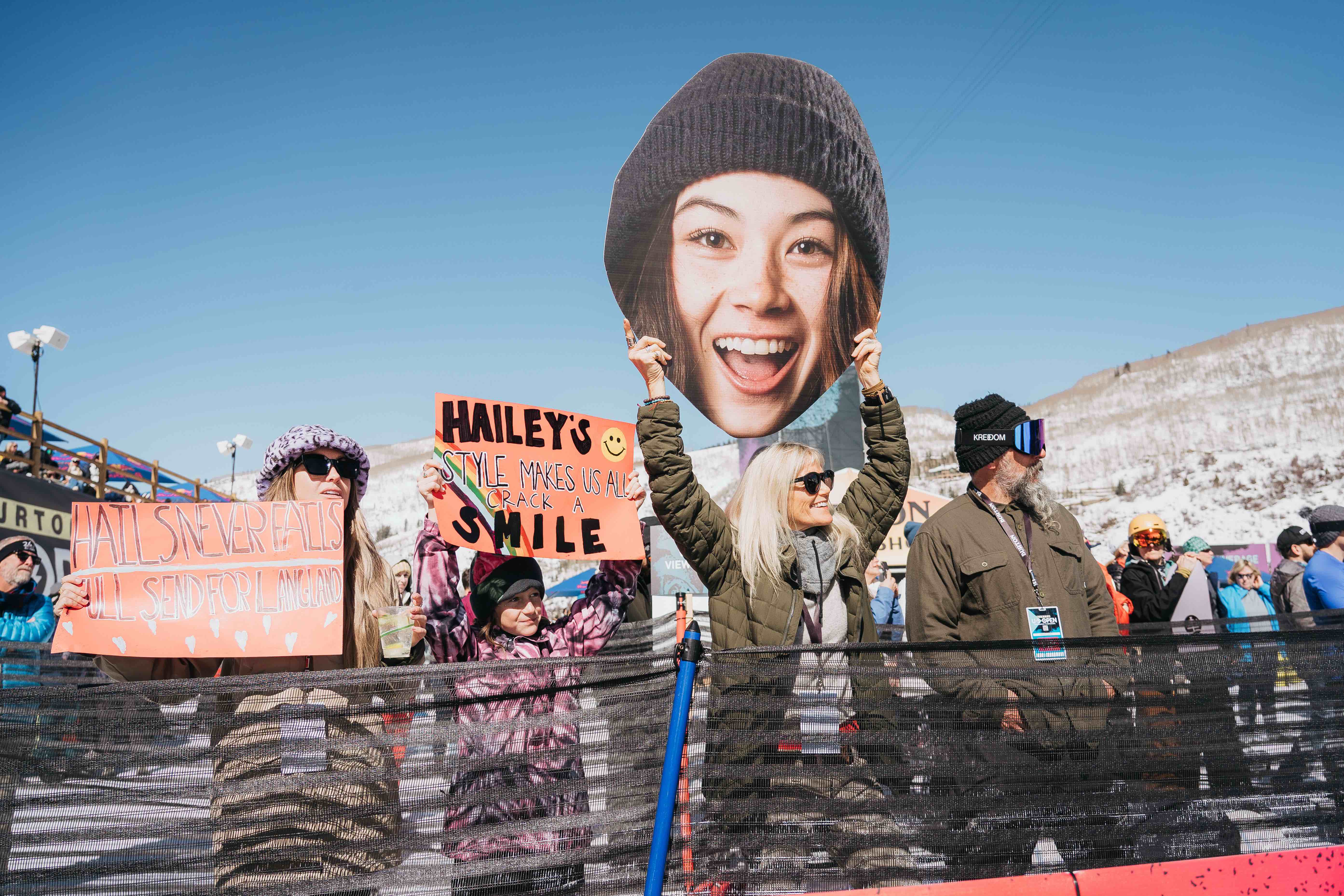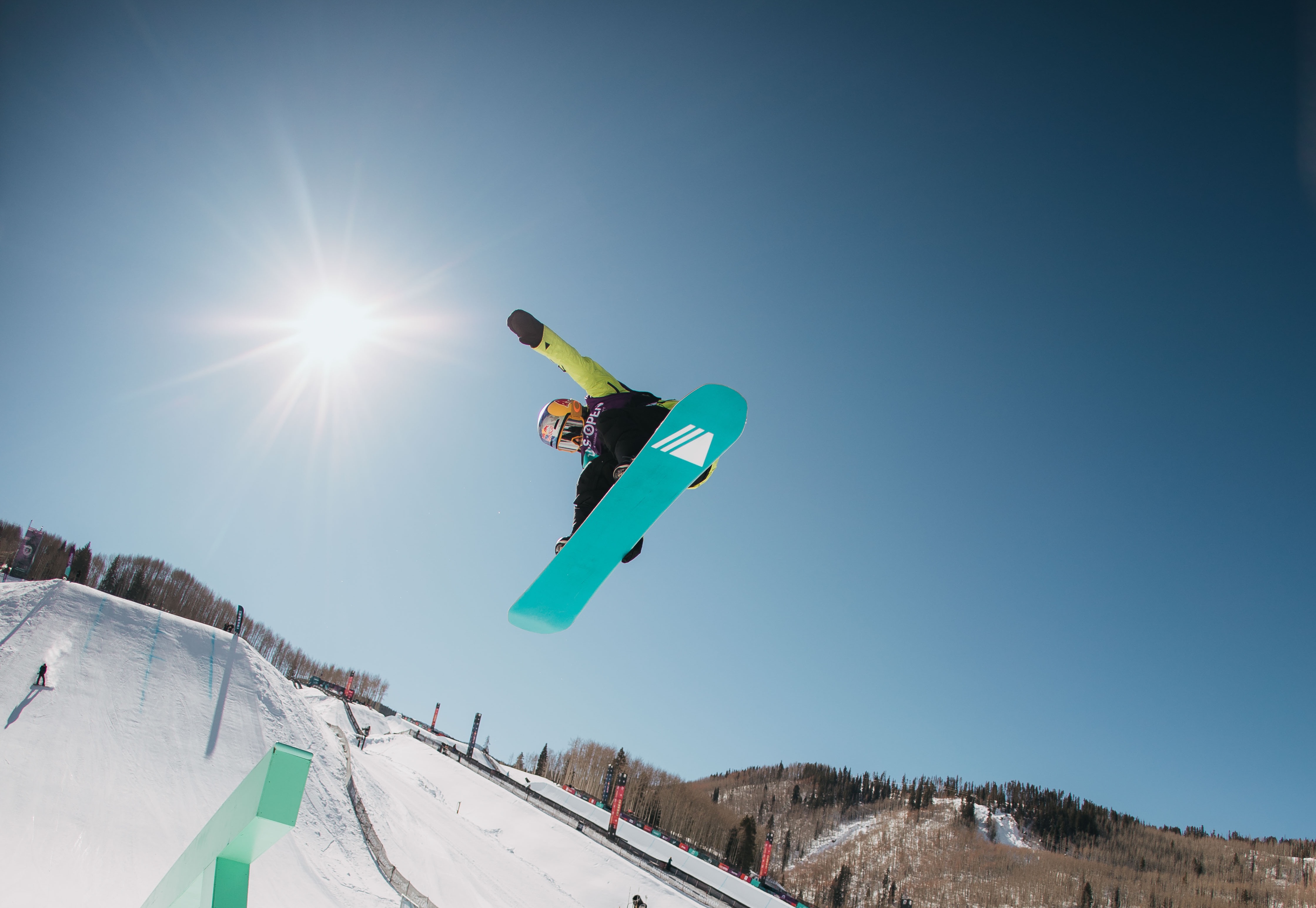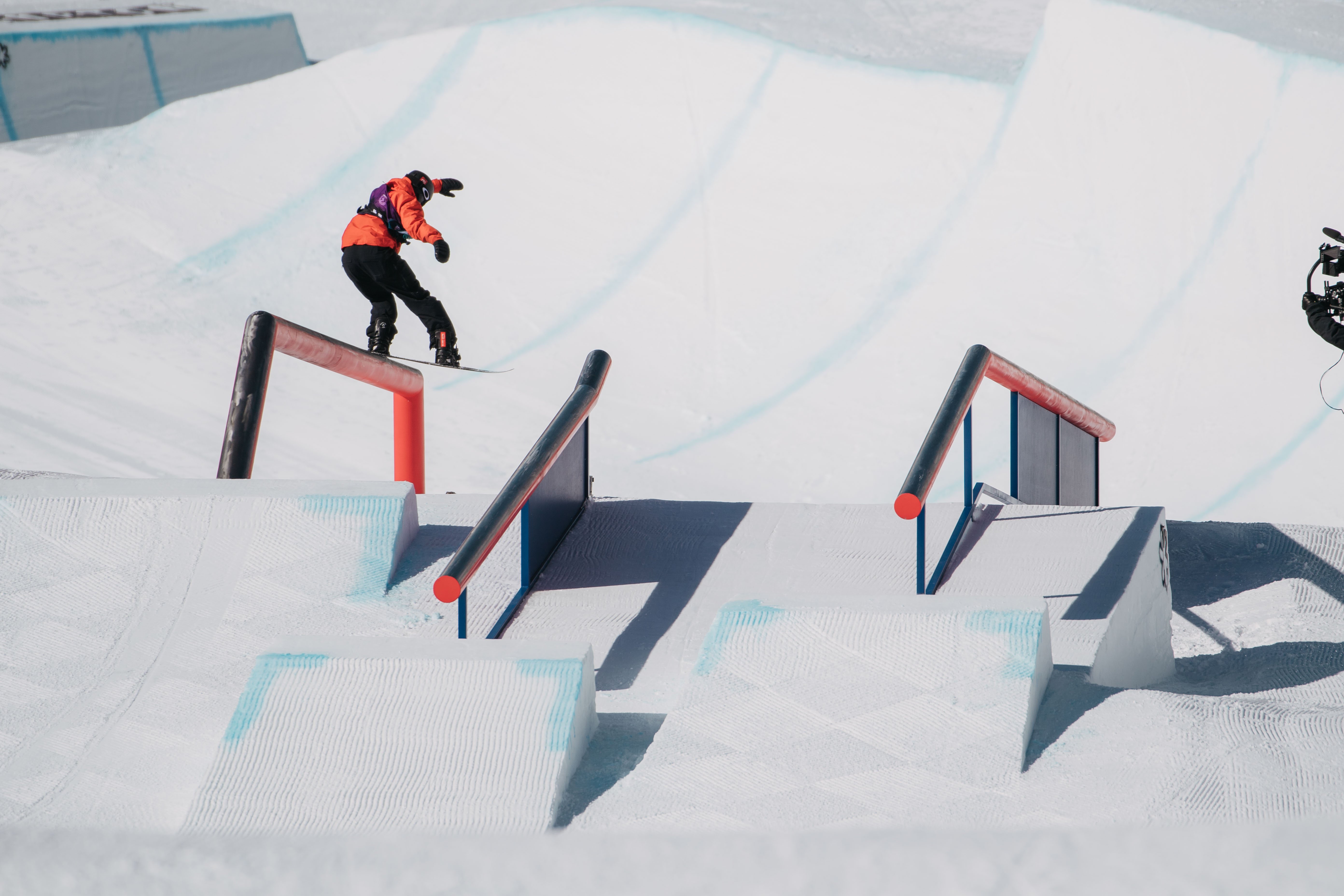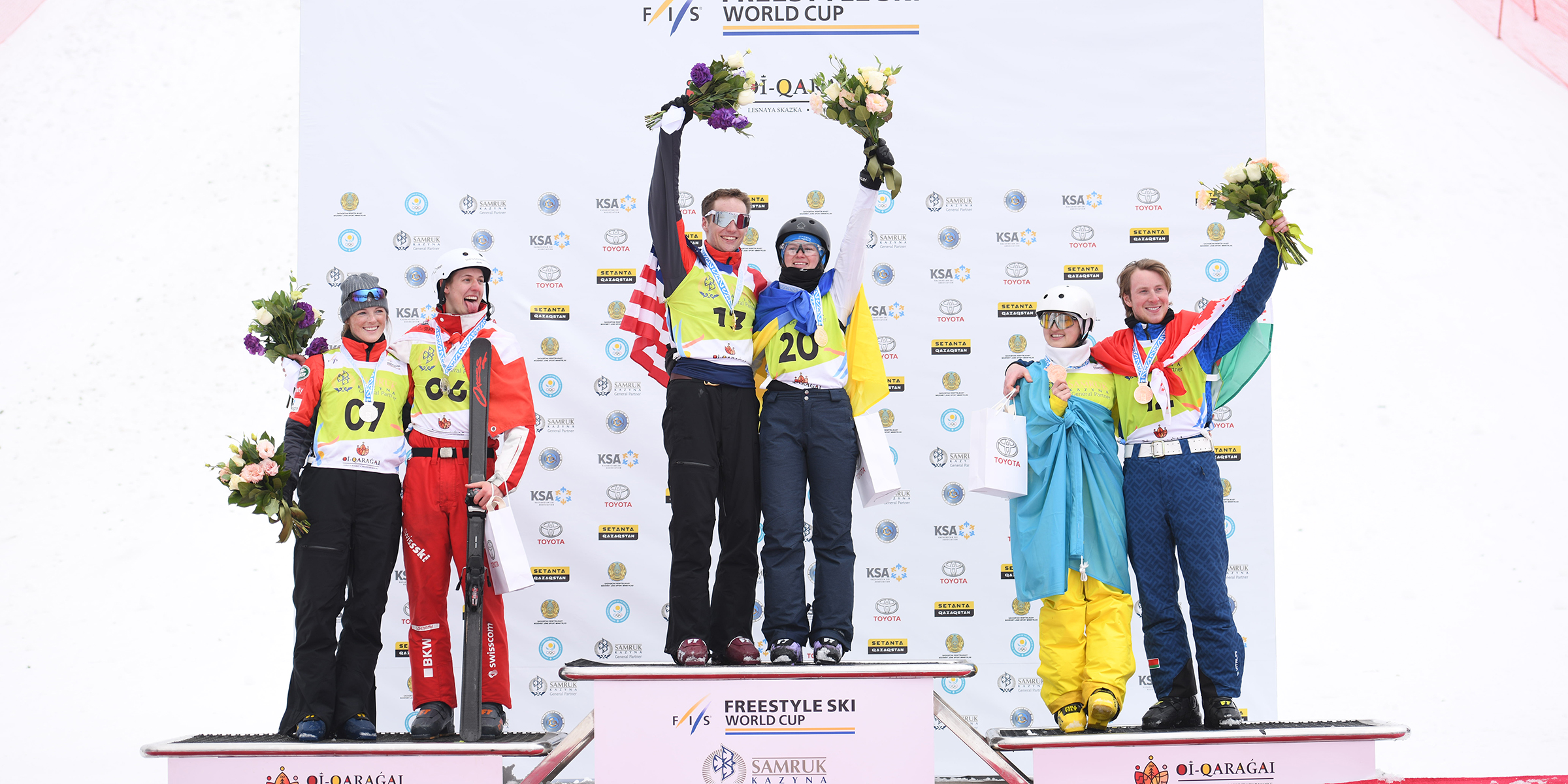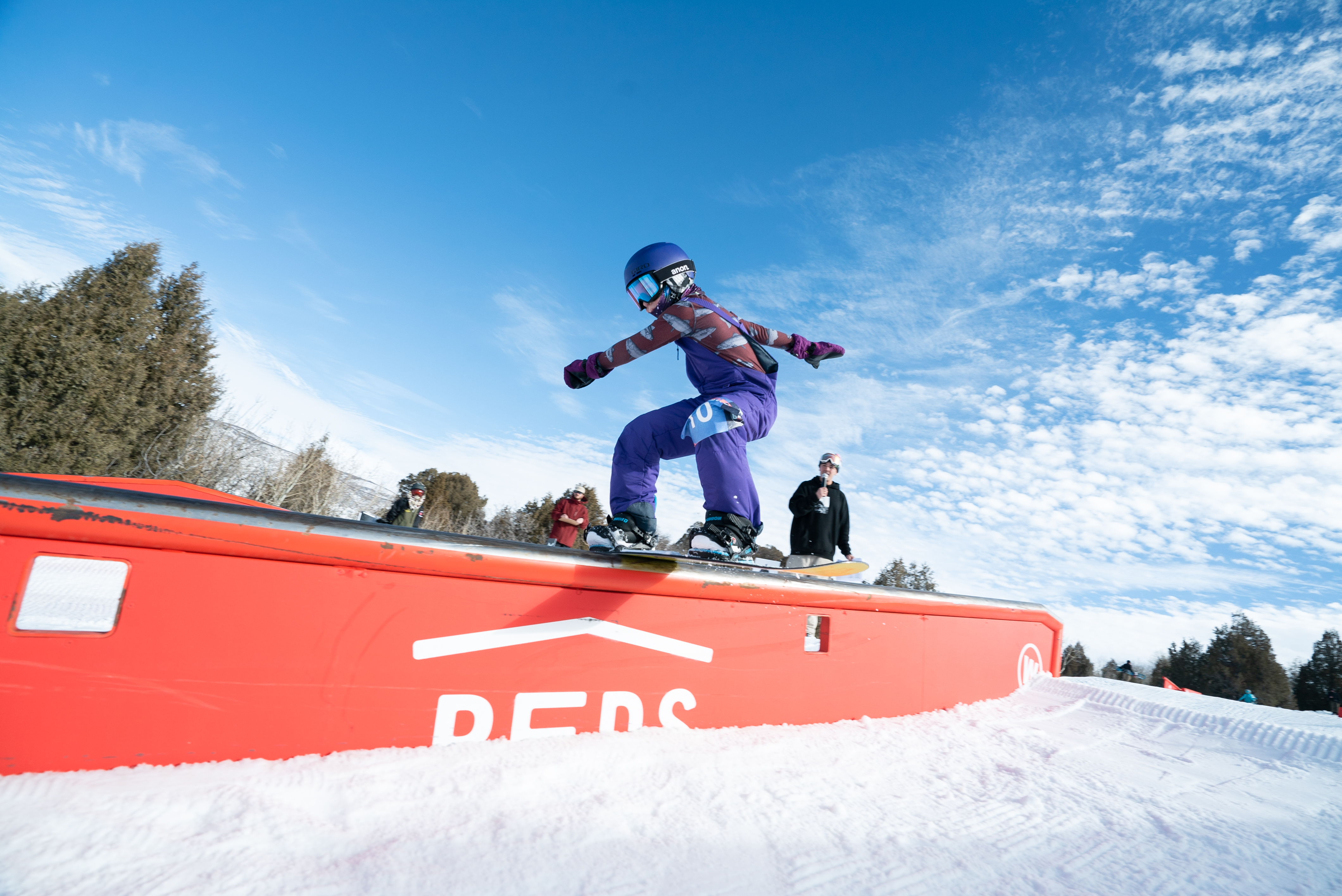Kauf Wins Dual Moguls in Shymbulak
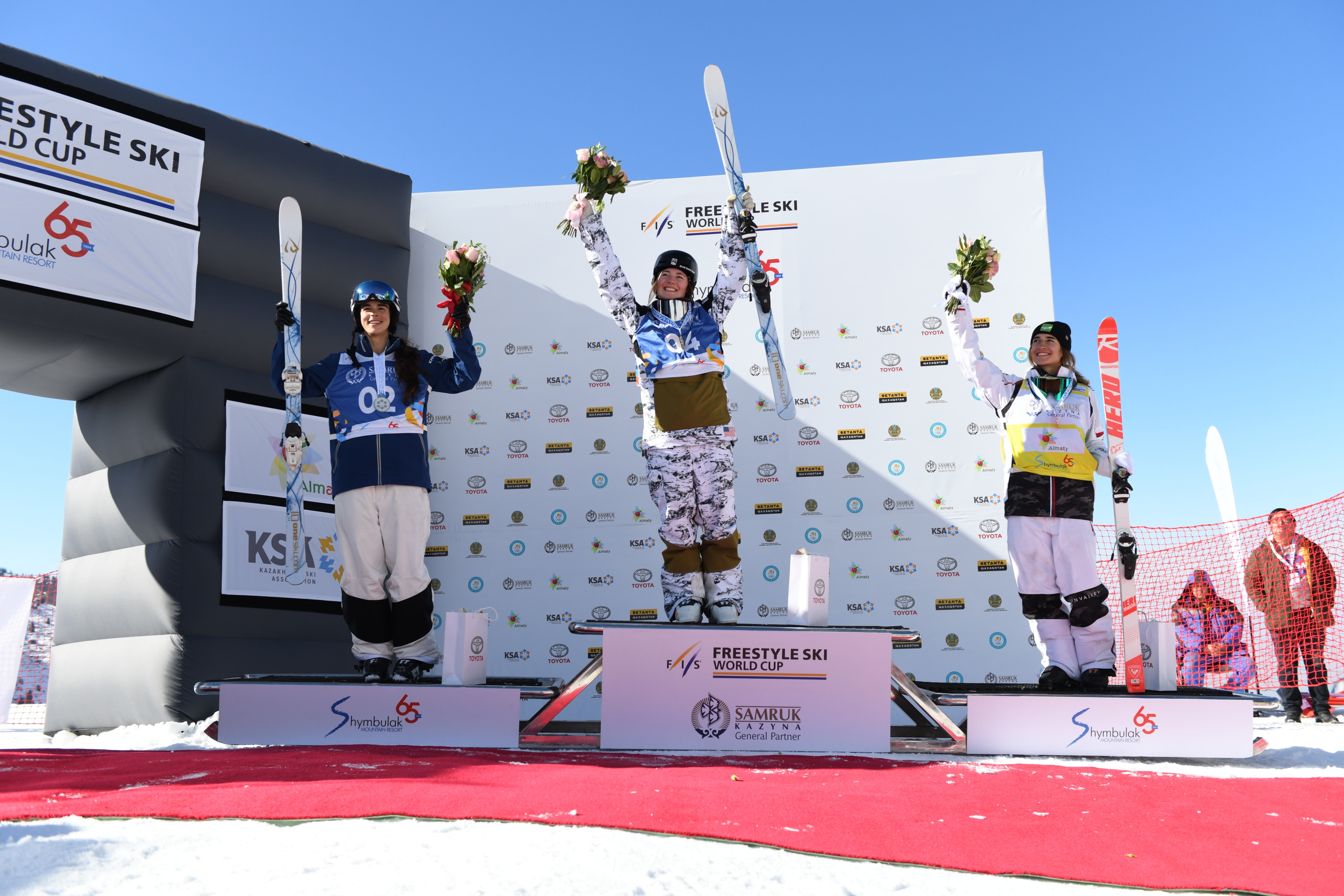
Clear, blue skies and an unforgiving course provided a beautiful backdrop for Jaelin Kauf to claim her first World Cup win of the season at the Shymbulak FIS Dual Moguls World Cup event in Kazakhstan. Sunday’s win marks Jaelin’s seventh career World Cup victory, and her third podium of the 2019-2020 season - all of which have been battled out on the duals course.
“I'm really stoked to be on top of the podium,” said Jaelin. “It’s a big confidence booster. I’ve been using this year to try new things and not worry too much about results. But it feels good to get that result and be on top again.”
Jaelin shared the podium with Australia’s Jakara Anthony in second and France’s Perrine Laffont in third.
At only 220 meters long, the Shymbulak course did not provide a lot of runway, skiers had to fight for every turn to gain an edge on their competitors. Athletes pushed themselves and their competitors to the limit on the firm and icy moguls and there was no shortage of carnage on the Shymbulak course.
Anything can happen in duals, but Jaelin’s veteran experience and pure enjoyment of skiing a dual event allowed her to push through the course all day long to ski strong and tight - even as skiers blew out around her, including Jakara and Perrine.
“The course was definitely a little crazy with small and sharp moguls,” explained Jaelin. “It was easy to get caught up and thrown off. I focused on staying light and making sure I was really soft, not getting caught up, and putting my run down and skiing as fast as I could.”
Three American women advanced to the round of 16: Jaelin, Tess Johnson and Hannah Soar. Hannah skied a tight race against Japan’s Kisara Sumiyoshi but did not advance to the quarter finals. She finished the day in ninth.
Tess beat Russia’s Anastasiia Smirinova to advance to the quarter finals where she met Perrine. Tess upset Perrine’s undefeated streak at the dual mogul event in Deer Valley Feb. 8 and was looking for a similar result in Kazakhstan, but it was not meant to be. “Tess really gave this course hell all week,” said Head Moguls Coach Matt Gnoza. Tess ended the competition in seventh place.
Kai Owens also started for the U.S. and although did not advance to the round of 16, skied a solid run for a good score and ended the day in 17th. “As a World Cup rookie, it’s a huge learning experience being on this three-week trip, and it was nice to see that from her,” said Matt.
On the men’s side, Japan’s Ikuma Horishima claimed victory over Canada’s Mikael Kingsbury in the big final. Canada’s Laurent Dumais rounded out the podium in third.
Kalman Heims was the only American man to advance to the round of 16 after beating Brad Wilson in a friendly fire during the round of 32 in a tight duel. Kalman went a little too much on the top air against Switzerland’s Marco Tade, and couldn’t corral it back with the firm snow, which cost him moving into the quarter finals. He finished the competition in 16th. Brad finished in 19th.
Rookies Alex Lewis and Nick Page skied great runs, but were unfortunately seeded against the day’s top skiers, Ikuma and Mikael, in the round of 32. Alex finished in 23rd and Nick in 25th. Emerson Smith finished 31st.
The duals-only event provides a different dynamic than a moguls World Cup. “I thought it was so much fun,” said Jaelin of the duals-only stop. “In training you’re focusing less on little specific things, and more on putting your whole run to beat other girls to the bottom.”
“The team does love to ski dual events, they are hungry for that,” said Matt. “One of the takeaways from today is we did spend our summers not just training the same stuff over and over, so we’re very comfortable in training all the different lines and getting familiar with the course, no matter what we get dealt in duals can rise to the occasion. The prep work is paying off for these duals-only events.”
The Freestyle World Cup tour continues next week to Krasnoyarsk, Russia, for aerials and another dual moguls competition, both of which are new stops on each tour. “I’m excited to move to a different course,” said Jaelin. “[This one] beat us up a little bit, it was tough on the body. I’m excited to go see somewhere else we've never been.”
Results
Women’s dual moguls
Men’s dual moguls
